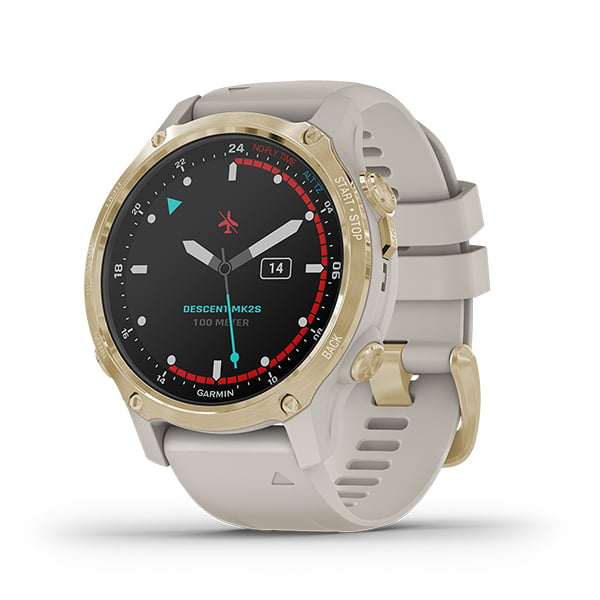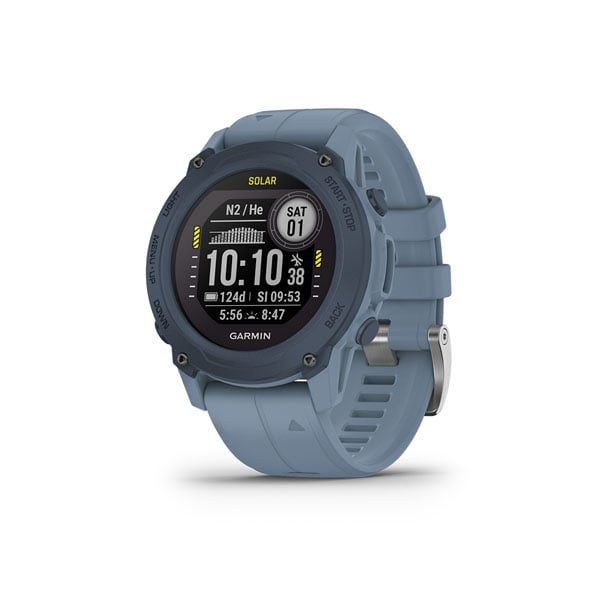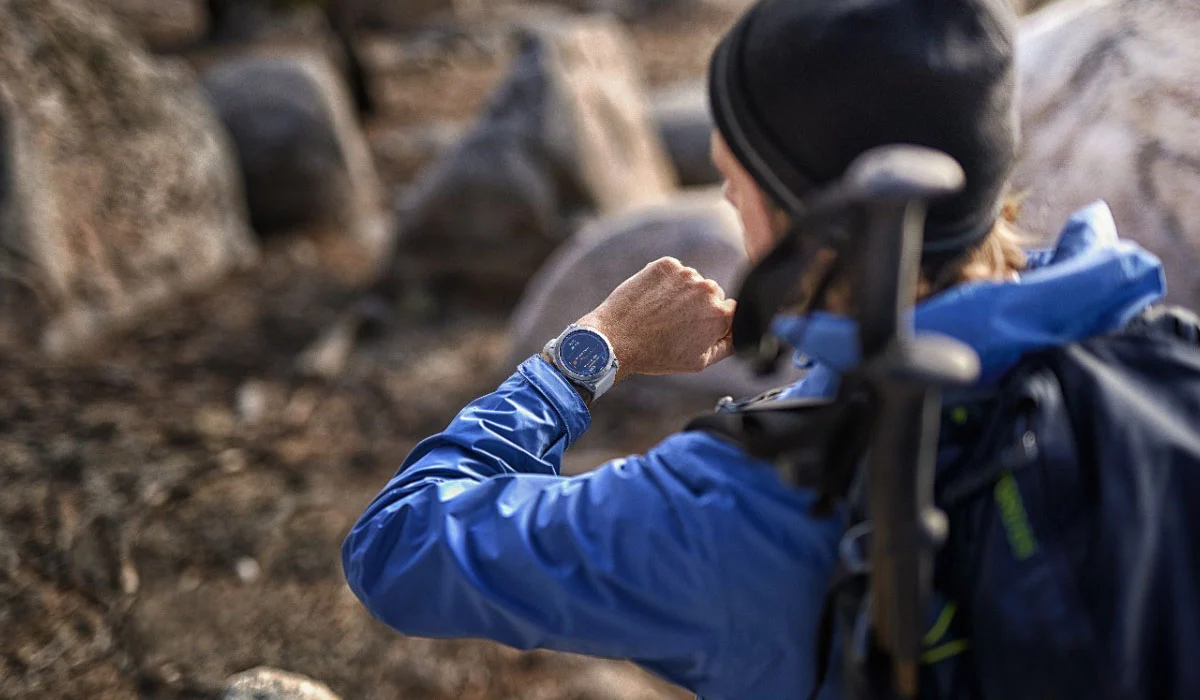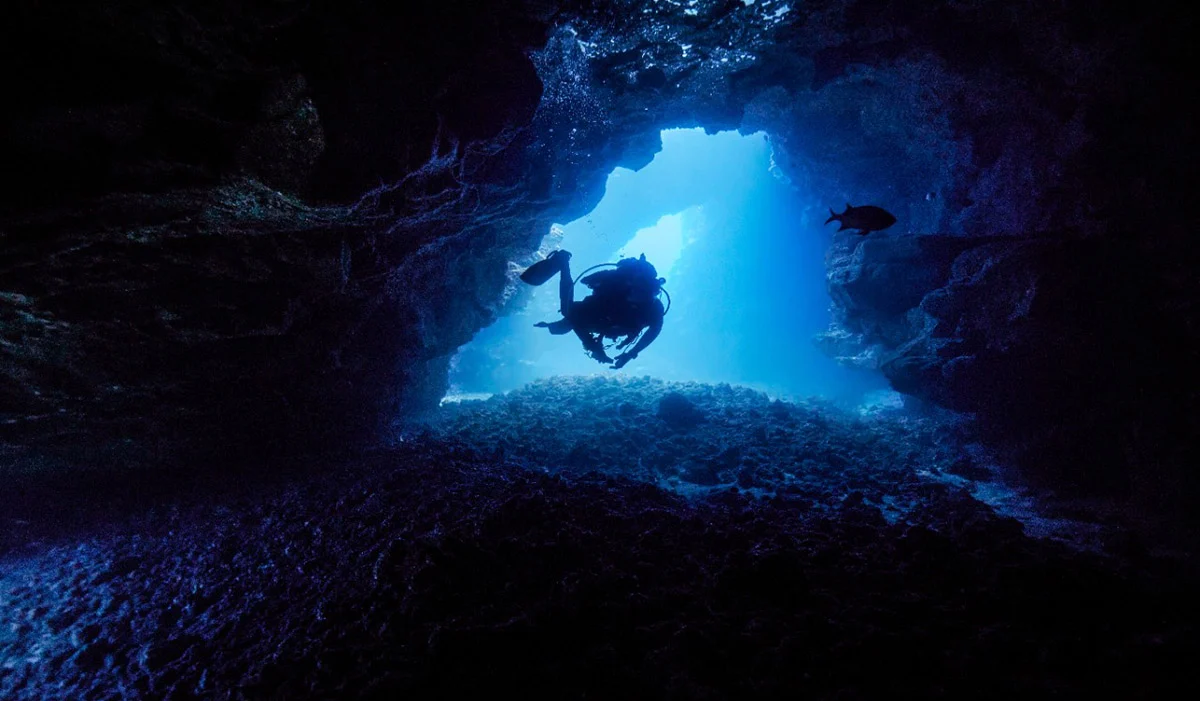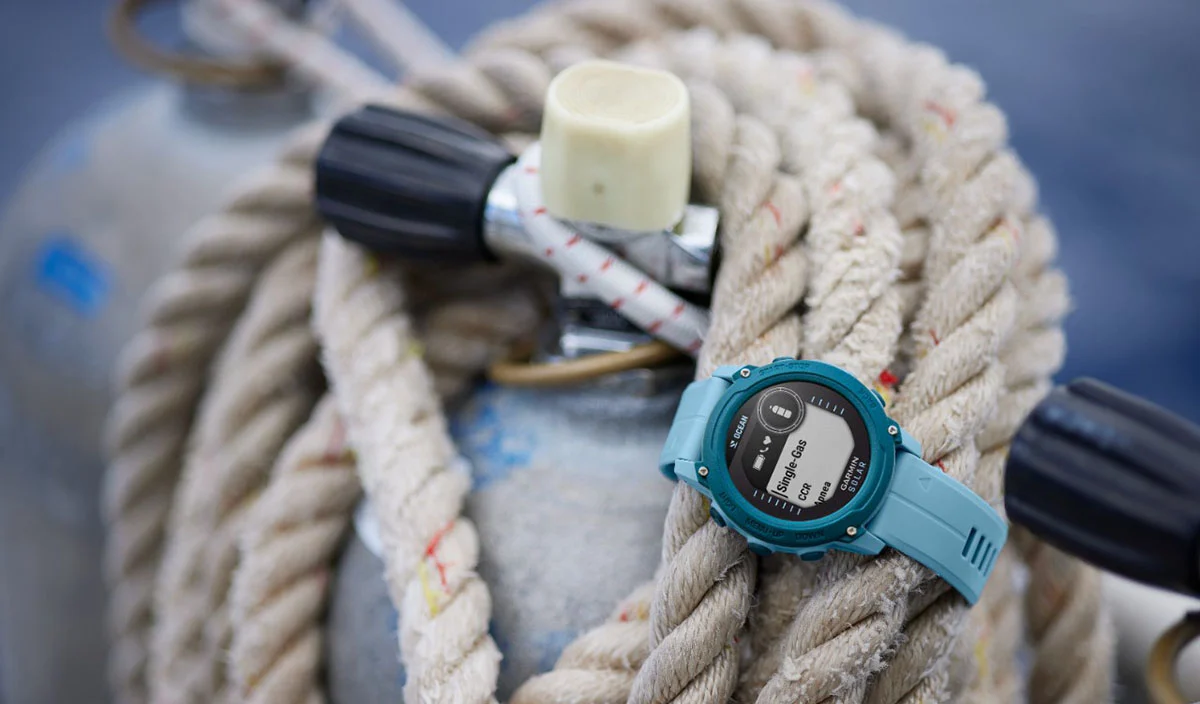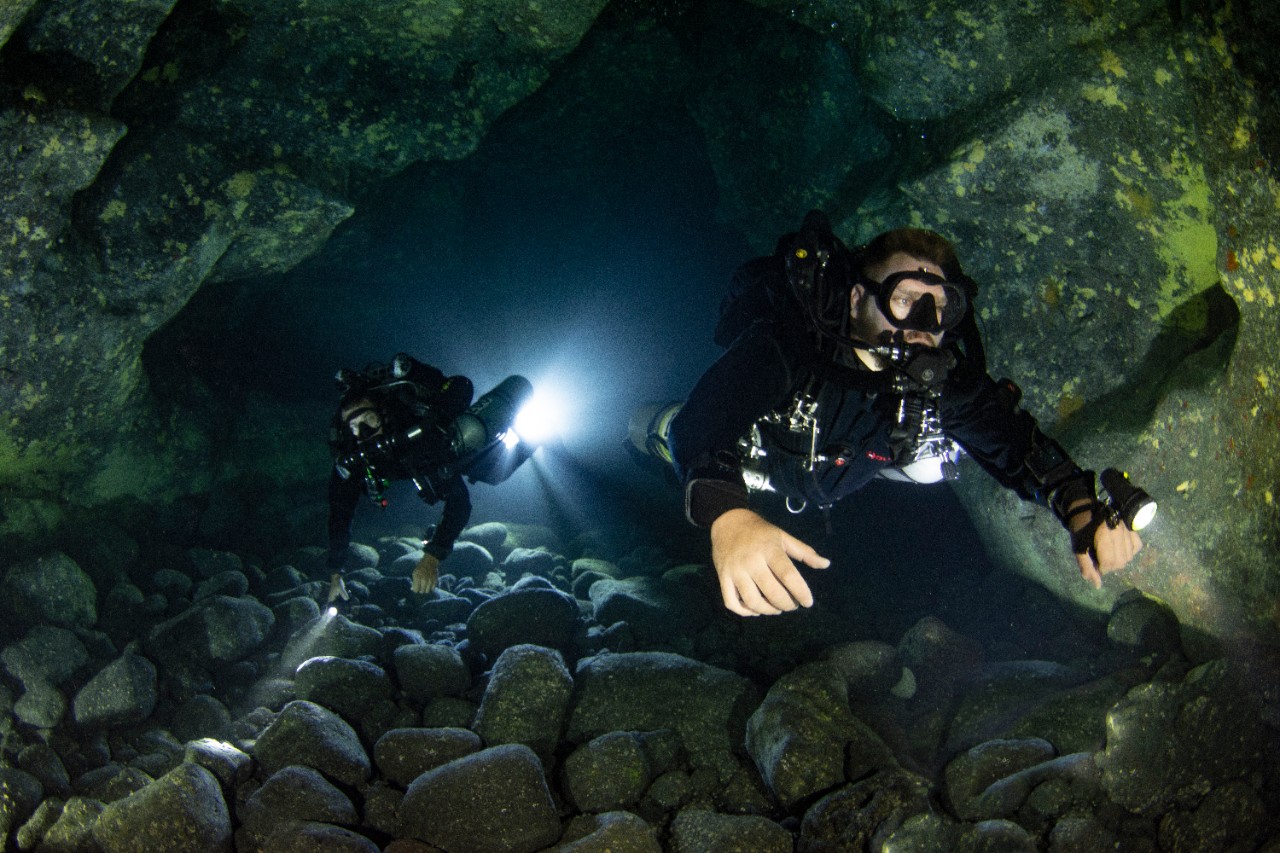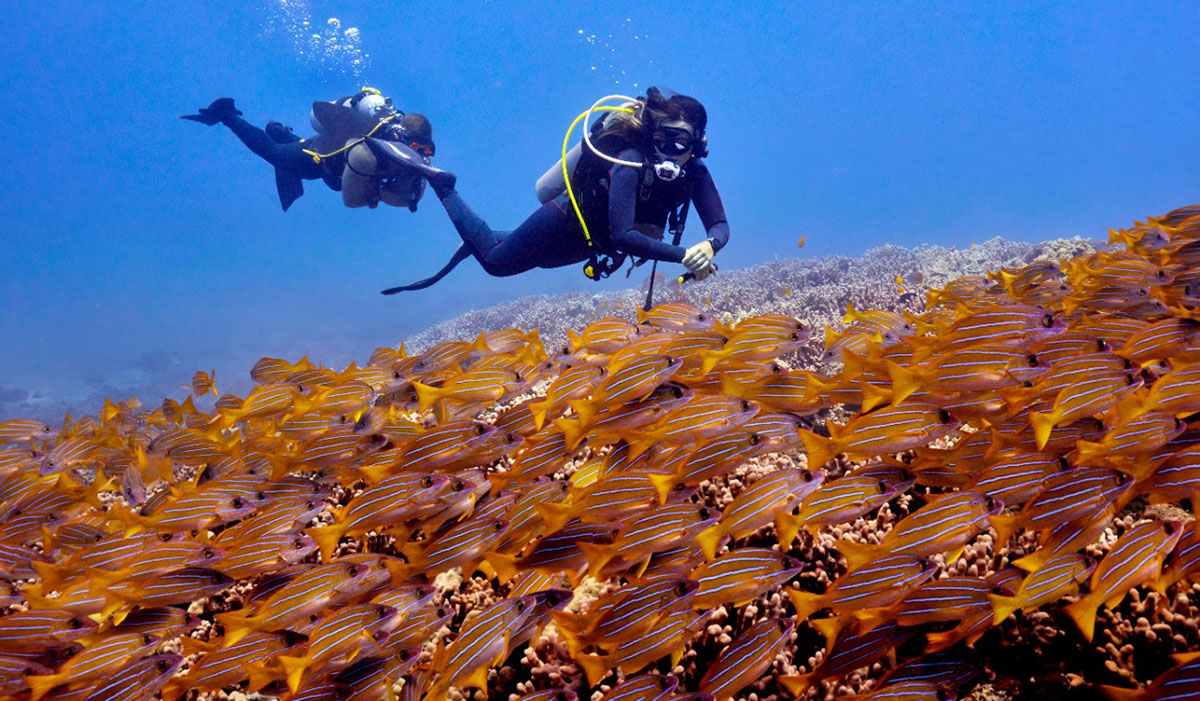
Scuba Diving 101
Scuba diving offers an incredible opportunity to explore remote parts of our earth, study fascinating wildlife and find new adventures.
But it’s easy to feel daunted by all the new equipment and techniques you’ll need to learn.
A dive computer is an essential piece of a diver’s equipment. It provides critical information like depth, dive time and decompression.
Getting to know how to set up and use your dive computer can also seem intimidating, but the Garmin Descent line of dive computers, which also function as smartwatches – keeps things simple both above and below the surface.
It all starts with identifying what kind of diving you are planning to do — from there you adjust a few settings and jump into the water.
Let’s discuss the different Descent dive modes and how to select the right one for your dive.
Descent Dive Modes
Dive modes refer to what type of dive you’re doing and/or what type of gas is in your tank on a given dive.
Different gases affect how long you can stay beneath the surface and how deep you can go. Inputting this information in your dive computer ensures you have the data you need to know to complete your dive successfully.
There are six different dive modes on each Descent dive computer — four scuba modes and two free-diving (apnea) modes.
It’s important to choose the correct mode and adjust the settings to match your diving situation.
A Descent dive computer will remember the dive mode and settings from your last dive, so the next time you head out it will automatically start with those as the default.
Single-gas Mode
Single-gas mode is the most common mode used by recreational divers. In this mode, you select one type of gas to use during the entire dive.
Air is the most common gas breathed by divers, and it will be the default gas on your Descent computer.
Another option – nitrox, a mix of oxygen and nitrogen — is also growing in popularity and has several benefits, especially for a diver who wants to extend their time at a specific depth.
It is essential to seek training before using nitrox to ensure you know how to use it safely.
Multi-gas Mode
In multi-gas mode, the diver can configure multiple active gases to use during a dive. These gases can include air, nitrox, trimix and pure oxygen. This mode is used primarily by experienced and technical divers who need multiple customized gases of different types due to the depth, duration and/or decompression needs.
Technical diving allows access to some amazing dives not possible to reach with standard recreational dive methods. Due to the significant increase in the complexity of technical diving gear, procedures and planning, it is essential to get training from qualified instructors to execute these types of dives safely.
Gauge Mode
In gauge mode, your computer acts as a bottom timer, meaning it records the total time you’ve been submerged, from descent to ascent.
You’ll also see other important information like current depth, max depth and water temp, and you’ll have access to important tools like a compass and stopwatch during your dive. This mode is commonly used when you are using your Descent as a backup to another computer.
When in gauge mode, your dive computer is not able to calculate nitrogen loading during your dive. This means it won’t be able to provide no decompression limit (NDL) or decompression instruction.
A closed-circuit rebreather (CCR) is a diving device that allows you to recycle breathing gas.
Closed-circuit Rebreather Mode
In a CCR, the diver breathes in a loop with the CCR unit scrubbing out the diver’s exhaled CO2 and replacing the small amount of O2 a diver consumes in each breath. CCRs have significant benefits, especially for deep technical dives.
A CCR diver will consume significantly less gas, be breathing warm and moist air, produce very few bubbles to scare off sea life and will be able to minimize decompression time due to the CCR’s ability to maintain optimal O2% in the diver’s breathing gas.
However, CCRs are also much more expensive and complex than traditional “open circuit” scuba systems. Significant training is required to dive a CCR safely.
Apnea Mode or Apnea Hunt Mode
Apnea simply refers to free diving, or diving while holding your breath instead of breathing from a tank.
When an apnea dive is triggered, it will create a session that can encompass many dives — common when a free diver is training, competing or out for a day of spearfishing.
Because time is at an even greater premium, your computer will refresh more often, and you’ll see your dive time, depth, heart rate, and your descent and ascent rate.
When back on the surface, you’ll get information about how long you’ve been on the surface, and you’ll be able to access location information.
Apnea hunt mode silences audible alarms and simplifies the screen to provide clear information when spearfishing.
Looking for a Dive Computer?
You can find a Garmin dive computer that will help you pursue your passion for scuba diving as well as your land-based interests.
The Descent G1 series and the Descent Mk2 series are watch-style computers that provide all the dive features you need as well as comprehensive smartwatch features for every day.
Garmin also offers wireless air integration with the addition of the Descent T1 transmitter.
It pairs with certain Descent dive computers to monitor tank pressure, remaining air time and air consumption.
Learn more about Garmin’s dive science and SubWave technology here.
